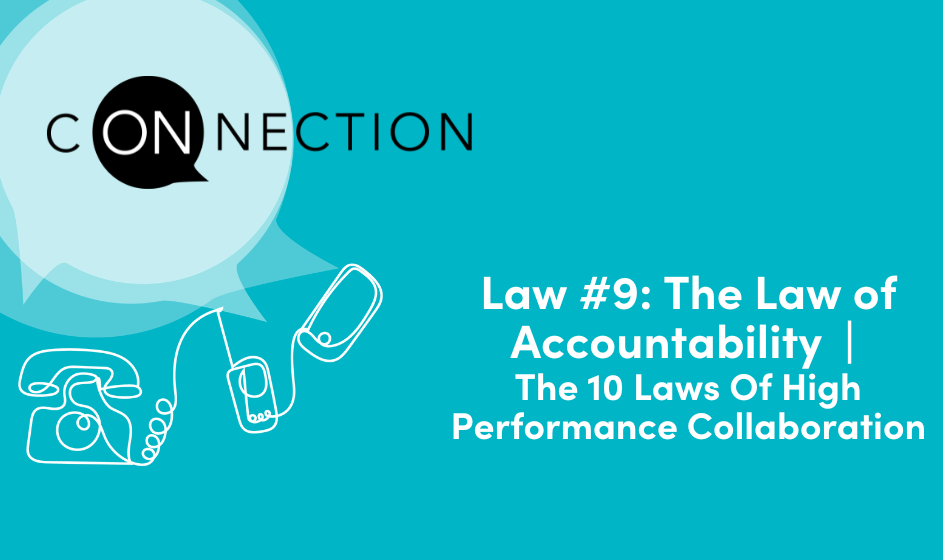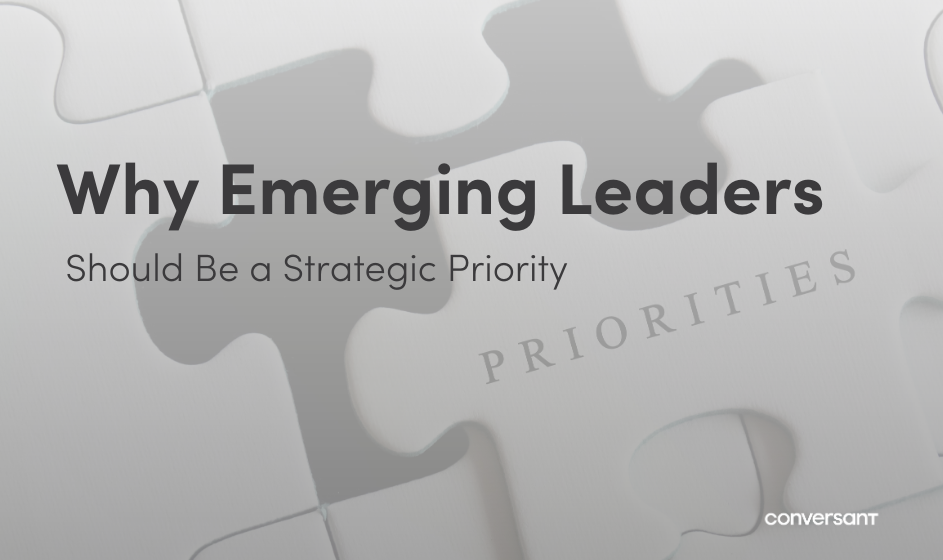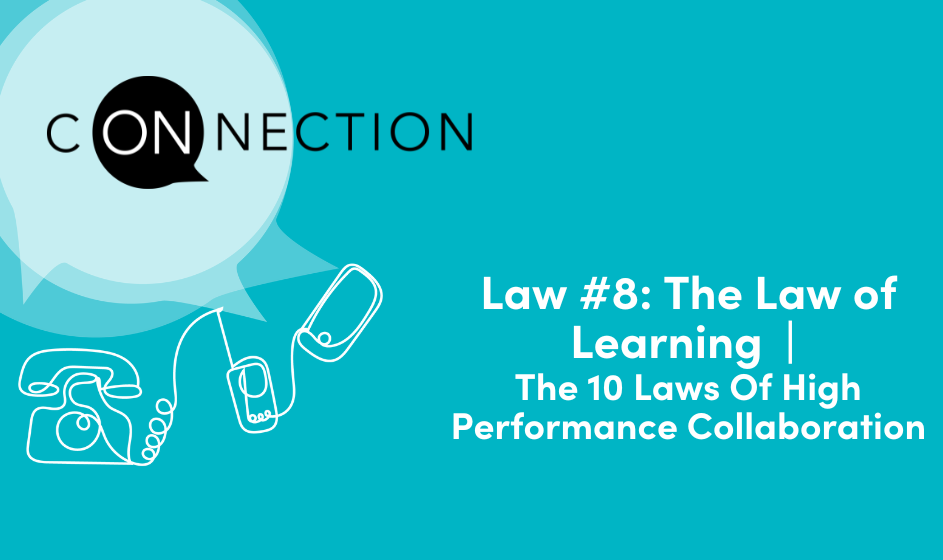From Boss to Guide: Why Leadership is About Inviting Difference and Building Cross Functional Collaboration Versus Demanding Compliance
Many of us remember the movie Toy Story 2. It was a hit with just under $500m in world-wide box office receipts. It cemented Pixar as a legendary animation studio that now has 18 Academy Awards and a total of $14b in world-wide box office revenue. You may not know that it was initially helmed by a “B-team”, destined for a direct-to-video release, and almost vanished entirely during production due to a misplaced keystroke. What changed? A key question from Ed Catmull, the co-founder of Pixar: “Ok everyone, is this working?”
After the release of Toy Story, Disney decided to split their efforts: the A-team would develop A Bug’s Life destined for a theatrical release, while a B-team would develop Toy Story 2 for a direct-to-video release. The Pixar team had trouble from the start. Not only were they stretched, but they received little guidance from Disney other than to work faster and that their progress looked “good enough”. Disney was demanding compliance. The story did not meet Pixar’s internal standards, however, and the team was feeling overworked and demoralized. A turning point happened when a technician accidentally typed a delete command on the entire video directory and the team watched in horror as a year of their work vanished. The horror turned into terror when they realized that the back-ups had not been attended to and had not been saving any data. Toy Story 2 was gone. That is, until Galyn Susman, the technical director, who had recently gone on maternity leave, let the team know she had a copy of the film she had been working on from home. While the team breathed a sigh of relief, the creative problems lingered. Enter Ed Catmull and his question: “Ok everyone, is this working?”.
Note the phrasing. He did not ask “Why is this not working?” or “What is the problem with you all?” When we ask questions like these we aren’t curious for the answers, but rather are interested in finding fault. We are asking so that we can deflect in an attempt to protect ourselves from pain. When he asks “Is this working?” and directs the question to everyone, he is inviting different perspectives into the conversation. The goal isn’t to deflect or find fault but instead to learn and find a path to value.
When we are the speakers or listeners in conversations we can find ourselves in one of four modes: pretense, sincerity, accuracy, or authenticity. For a full discussion on these distinctions please see: Conversation Meter | Conversant, a powerful leadership development coaching tool for executives and teams. When in pretense or sincerity, we are protecting our view. In pretense we may not speak up at all, or we may say “Everything is fine”, because we aren’t confident we can face the consequences of speaking up. In sincerity, we may speak or listen from our own thoughtless certainty about what’s really going on. The shift in moving to accuracy or authenticity is the willingness to set aside my view for long enough to learn something new. In other words, we invite difference. We don’t have to dismiss our view. In creating the space to learn something new, and weaving that together with our view, we can create new possibilities that only exist in the active dialogue between people, inherently building cross functional team collaboration. This is exactly what happened to Ed and the Pixar team.
As a result of this question, the team expressed their concerns and what they wanted to accomplish. This led to a new team being organized to lead the development of Toy Story 2, the “Braintrust”. In a weekend, this Braintrust reworked the story with change leadership, which resonated with the creative team who then reworked the production over the ensuing months, working even longer hours than what Disney was initially requesting. But now they weren’t demoralized, they were motivated. Ultimately, the team created such a powerful story that Disney changed their strategy and gave the movie a full theatrical release.
At the time of its release, Toy Story 2 became the third highest grossing animated movie of all time.
Imagine what can be unlocked for you with a high-quality question…





